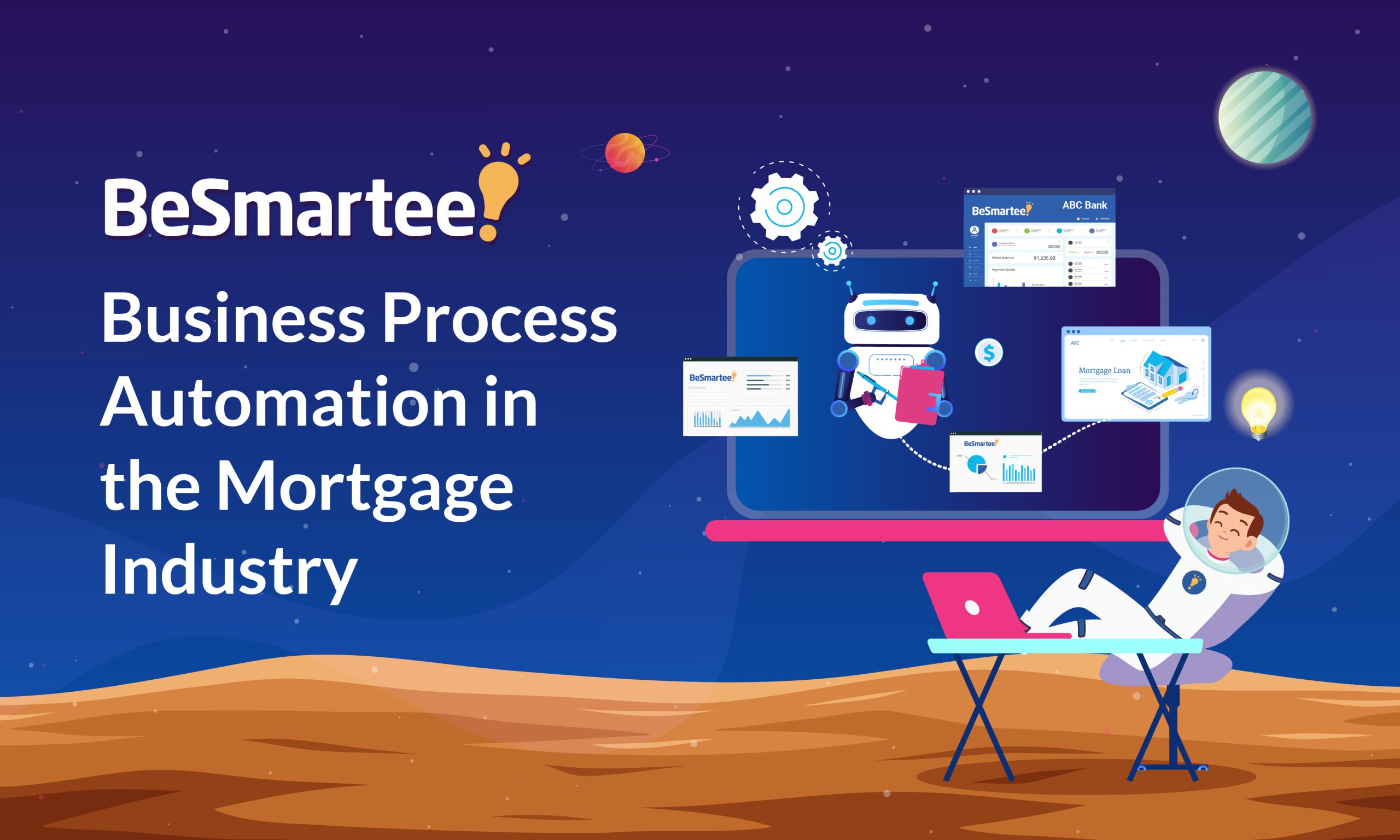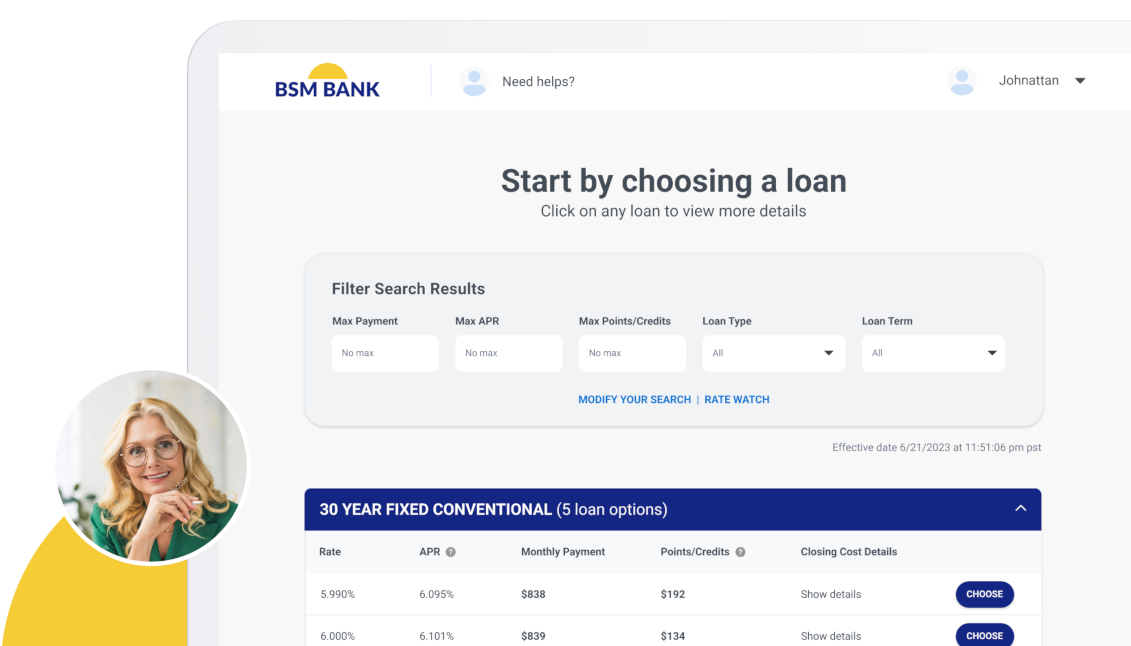Automation isn’t a new concept. In fact, there are records dating back to ancient times with Greek engineers developing rudimentary machines powered by steam, compressed air and hydraulics.
Fast forward to Henry Ford installing the automated assembly line in his factories in December of 1913 for the mass production of automobiles. Automation has advanced even further since the automated assembly of the Ford Model T. More businesses started automating simple, repetitive tasks while giving humans more time for creativity and innovation.
Business process automation (BPA) is an integral part of every industry and businesses are constantly looking for new ways to streamline simple processes. Today, more processes are being pushed towards going digital. Not only are more business processes being automated, but data management is being revolutionized to make information readily available for both business and customer.
Automating simple tasks, streamlining processes and 24/7 access to data from the comfort of your home is now becoming the new normal. Let’s look at how business process automation works in the mortgage industry.
What Is Business Process Automation?
Business process automation (BPA) is the implementation of technology in business to complete recurring tasks and processes. Repetitive, manual labor is replaced with automation, wherever possible, to lower costs, increase efficiency and streamline processes.
What is a business process? A business process is an action. It’s a list of workflow steps to complete a certain task – for example, keeping track of and managing company inventory. BPA replaces human intervention in simple business processes that can easily be achieved, more successfully, by machines.
Here are some more examples of successful BPA practices:
- Customer support: Chatbots, a global market expected to reach $9.4 billion by 2024, are artificial intelligence systems that interact with users through text or speech. Automating responses to common customer problems with chatbots or customer support software gives customers an immediate response with no wait time. Customer service support teams can focus on more difficult tickets that need human intervention.
- Onboarding new employees: Every industry has a structured employee onboarding process with repetitive tasks such as filling out paperwork, setting up direct deposits and scheduling training sessions. Workflow management software can streamline the onboarding process, boost recruitment rates, save time and lower costs.
- Self-checkout:This is one that most customers have experienced. Many large retail chains across the U.S. have self-checkout options available to their customers. They offer customers shorter wait times and faster checkouts, while reducing labor costs and saving company time. This is self-service automation but still every part of the business process.
BPA involves the integration of three elements: business rules and logic, structured data and unstructured data. Business rules and logic are data and documents that support business parameters. This can be fully automated or involve portions of human intervention. Structured data is referenced information when making process updates. This data is easily searchable by algorithms, thus making it simple for machines to generate. Unstructured data is more subjective, difficult to structure and extremely vital, as the majority of business decisions are reliant on this data.
Before the use of business process automation tools, essential tasks and functions were performed by a team of staff. This system was prone to errors, increased operational costs and more friction within the workflow. Today, the benefits of BPA are clear and every industry is trying to find ways to incorporate more automation into their workflows.
What Business Processes Can Be Automated?
McKinsey & Company released a report which estimated that less than 5% of occupations are capable of full automation yet every occupation has potential for partial automation. This report also predicted that half of all paid activities in the workforce across the world could be automated with today’s technology, amounting to $15 trillion in wages.
What functions can be automated?
- Repetitive tasks: Scheduled, predictable and repetitive tasks can be automated to reduce the risk of human error with a streamlined process.
- Machine-addressable decision making: The loan origination and underwriting process is an example of decision making that can be automated with software. Borrowers can apply for loans from anywhere and lenders can instantaneously run a financial analysis and credit check. These are repetitive decisions made with the same type of data that can be handled by AI. Software is given a set of rules to follow by using data in order to come to a decision.
- Employee self-service HR channels: Employees can make changes to direct deposits, 401k investment options, request time off and take training courses through various channels. This is tracked by company systems without the need for HR personnel to oversee every step.
- IT processes: Many IT processes can be carried out and run in the background without humans. When a situation arises that calls for intervention, staff are alerted to address the problem.
- Document management: Document management software automates the process of managing documentation through its creation, storage and distribution.
- Research: Large databases such as criminal records, legal case law, weather and climate, health records and financial risk analysis use research automation that replaces functions previously performed by staff.
Although certain activities are being replaced by automation, this doesn’t mean humans are becoming obsolete in the workforce. Sometimes there’s no replacing the human touch.
Subscribe to BeSmartee 's Digital Mortgage Blog to receive:
- Mortgage Industry Insights
- Security & Compliance Updates
- Q&A's Featuring Mortgage & Technology Experts
When Not to Automate
Not everything can or should be automated. Some processes are too complex or require higher levels of human interaction to meet customer needs. Here are processes that require partial or complete human involvement:
- Processes that involve complex decision-making: While some decisions can be automated, like approval for a loan through a credit check, others require more critical thinking. These types of decisions aren’t easily automated as they rely on various factors that are easier for humans to solve. BPA is best for simple “yes” or “no” questions and “if-then” tasks.
- Processes that require more human interaction: The human touch can’t be replaced, at least not now. Software performs tasks as instructed but some things need an individual approach. For example, ATMs have been around for decades, and although they are convenient and heavily used, people still visit bank branches to speak with a teller. This may be a personal preference or because there’s a problem that needs human involvement.
- Processes without an established structure: If there are processes that lack structure, change frequently and don’t follow a set of rules, it’s difficult to give specific conditions needed for automation.
Business Process Automation Best Practices
Building automated workflows isn’t as simple as having a “set it and forget it” approach. Business process automation needs a strategy to be executed effectively and to survive long-term. To ensure successful BPA, there are important best practices to follow:
1. Define automation goals: There need to be specific, attainable goals so that progress can be measured and monitored through every action. BPA investments aren’t cheap and keeping a close eye on progress is a way to make sure company resources aren’t being wasted. By tracking goals, you can see what works and what doesn’t.
2. Train employees in the automation process: Workflow needs to be understood inside and out by every involved worker. Having proper training and a defined role means less room for error.
3. Have a human fallback option: When something goes wrong or if a process should fail, there needs to be a human supervisor who can take over to keep the workflow moving. Company functions shouldn’t stop because of interference in automation.
Mortgage Automation
Automation is no stranger to financial service industries and has been around for decades. There’s been a wave of technological innovation across the U.S and fintech mortgage lenders have been at the forefront of innovation, adopting new technologies to fundamentally streamline the origination process from beginning to end.
SourceMedia Research conducted two surveys of mortgage professionals and released their findings in their Automated Mortgage Loan Processing report. In this report, executives stated that every step in the loan process can be a bottleneck. When asked why this happens, fingers pointed towards process inadequacies. This friction, caused by manual loan originating, means inefficient loan processing which impacts lender reputation and customer satisfaction.
To stay competitive, more lenders are leaning towards loan processing technology. Mortgage companies need to use business process automation tools to organize workflow, reduce human error and increase efficiency. The findings from the SourceMedia report concluded that mortgage executives were ready to make the commitment to BPA, all they need is to find the best solution for their company.
Roundup
Technology has been leveraged in the mortgage industry for some time and business process automation allows lenders to spend more time managing and evaluating unstructured data. In this three-part series, we’ll take a closer look at mortgage automation, artificial intelligence and how it’s benefiting the industry.
To learn more about how BeSmartee uses process automation to take your borrowers and originators from application to appraisal in minutes, call (888) 276-1579 or email our mortgage technology experts at sales@besmartee.com.




